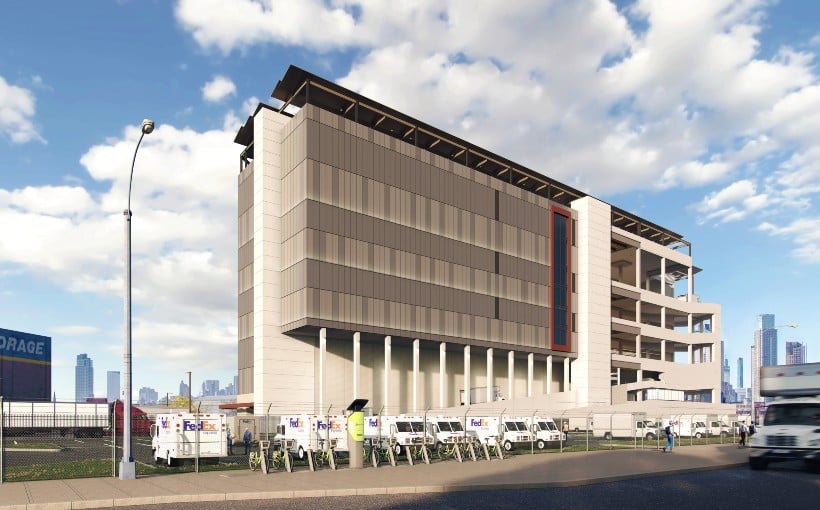### Addressing Senior Housing’s “Forgotten Middle”
Multiple reports highlight the ongoing aging of the American population and the persistent gap in senior housing supply to meet the growing demand. A recent *Urban Land Magazine* article emphasizes that the issue extends beyond simple supply and demand dynamics. Specifically:
– Upper-end senior housing is performing well.
– Government subsidies support housing for lower-income seniors.
– The primary challenge lies in providing appropriate housing for middle-income seniors.
#### **The Reality**
“If you need supportive housing or assisted living, it’s either private pay or Medicaid. But a massive number of people in the middle can’t afford private pay and don’t qualify for Medicaid,” said Lisa McCracken of the National Investment Center (NIC) for Seniors Housing & Care.
The University of Chicago’s National Opinion Research Center (NORC) projects that by 2033, **16 million middle-income seniors** will struggle to cover the costs of health care, personal care, and housing services. NORC also reports that nearly **75% of these seniors will lack the financial means to pay for assisted living if needed.** Even with home equity considered, nearly **40% would still be unable to afford it.**
#### **The Causes**
One key challenge stems from the combination of middle-income seniors’ financial limitations and escalating costs for necessities like food and medication. The *Urban Land* article explains that even lower rents, coupled with outsourced services, may still be unaffordable for many. The Joint Center for Housing Studies at Harvard University points out that only **14% of adults aged 75 and older who live alone** can afford daily home health care after covering basic expenses like housing, food, and medicine.
From a development perspective, constructing senior housing for middle-income residents faces the same challenges as other real estate projects—rising construction costs and limited capital availability. Furthermore, since senior housing is operationally intensive, banks are often hesitant to lend to developers. “In addition, there are challenges in serving a market with budgetary constraints while providing more than just housing,” the *Urban Land* article notes.
#### **Possible Solutions**
Experts suggest a more integrated approach that combines housing, healthcare, and social infrastructure. Others recommend boosting operational efficiency and streamlining services. Additional potential solutions include design modifications, fewer luxury amenities, and strategic partnerships to close the affordability gap.
As the senior housing sector continues to grapple with these issues, addressing the needs of the “forgotten middle” will require creativity, collaboration, and innovative financial strategies.
About the Publisher:
Steve Griffin is based in sunny Palm Harbor, Florida. He’s an accountant by profession and the owner of GRIFFIN Tax (www.griffintax.com) and REVVED Up Accounting (www.revvedupaccounting.com). In addition, Steve founded Madison Avenue Technology (www.madisonave.tech). With a strong passion for commercial real estate, he’s also dedicated to keeping you up to date with the latest industry news.




